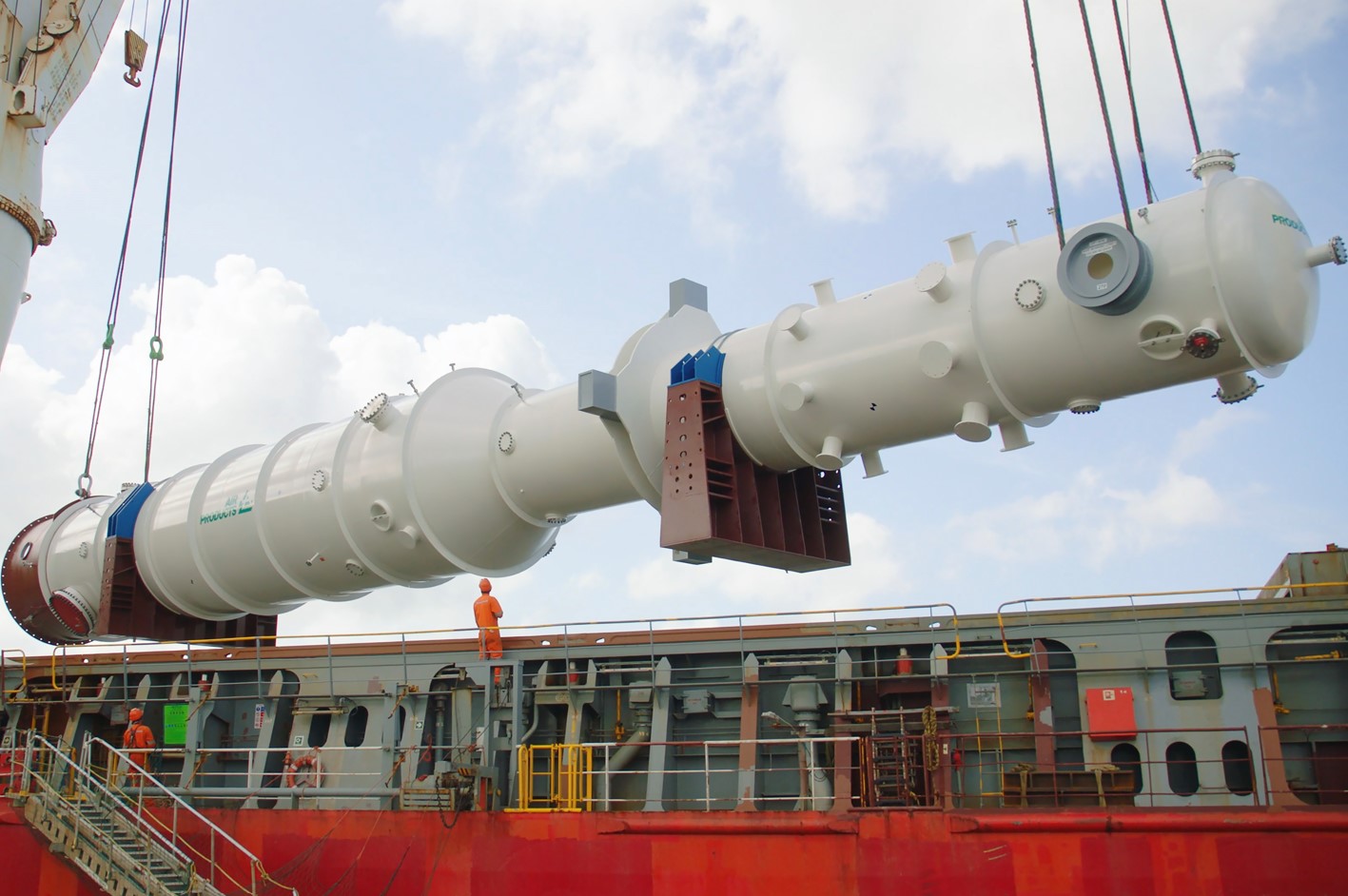US LNG equipment specialist Air Products has won a contract from Malaysia’s Petronas to provide main cryogenic heat exchanger (MCHE) technology for the Bintulu LNG complex located in Sarawak.
Air Products said in a statement the replacements are part of an extension program being implemented to extend the life and continue the performance of the MLNG Dua LNG facility in Bintulu.
This will be the second and third MCHE replacements provided by Air Products at this facility, after the original units completed almost three decades of service.
Also, the first MCHE replacement was installed in June 2022 in-house by Petronas and started up in the fall of 2022, according to Air Products.
Air Products’ contract supply to Petronas will consist of MCHE engineering and design, two units of two-bundle MCHEs, continued use of company’s proprietary AP-C3MRTM LNG process technology with associated process licenses, and technical advisory services.
Moreover, all engineering and design will be done in Air Products’ global corporate headquarters office in Allentown, Pennsylvania.
Air Products said the MCHEs manufacture will be executed at its manufacturing facility located on the west coast of Florida,near the deep-water port at Port Manatee.
The US firm did not provide the price tag of the deal.
Bintulu LNG
The 30 mtpa Bintulu plant, which has shipped more than 12,000 LNG cargoes since it started operations back in 1983, consists of nine trains and supplies key demand centers such as Japan, South Korea, China, and Taiwan.
During the first half, Petronas delivered 200 LNG cargoes from the Bintulu LNG export facility.
The LNG complex includes MLNG Satu, MLNG Dua, MLNG Tiga, and the most recent Train 9 which started commercial operations in 2017.
Last year, Petronas declared force majeure on gas supply to Malaysia LNG Dua’s facility at the LNG complex.
MLNG Dua operates the second liquefaction facility as part of the Bintulu liquefaction and export complex.
Petronas has an 80 percent stake in MLNG Dua, while the government of Sarawak and Japan’s Mitsubishi each hold a 10 percent stake.
The facility started shipping LNG back in 1995 and consists of three trains with a total capacity of 9.6 mtpa.

